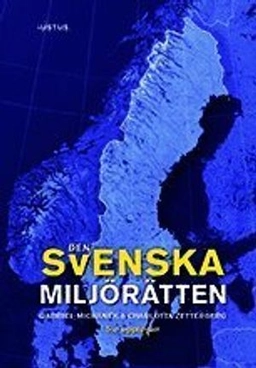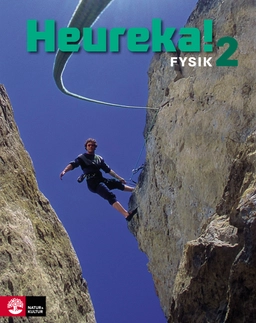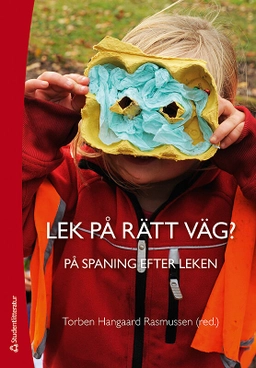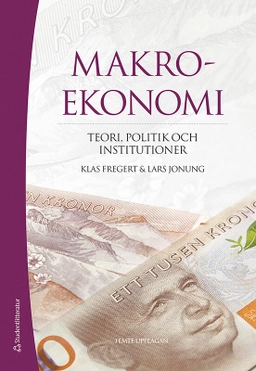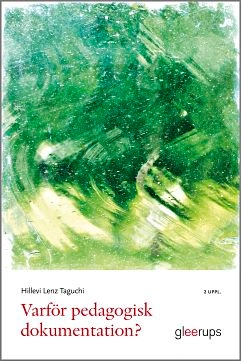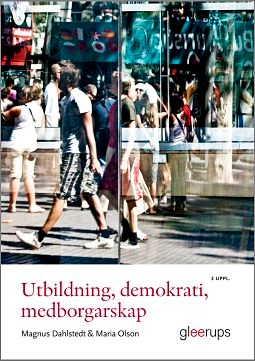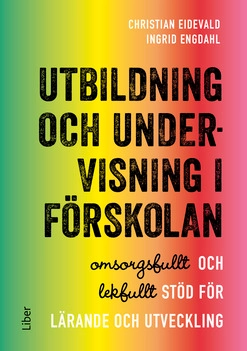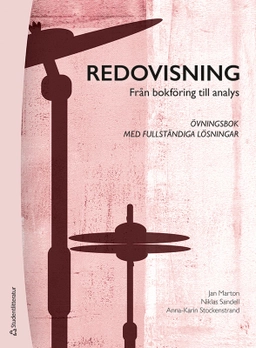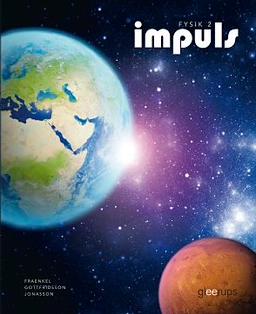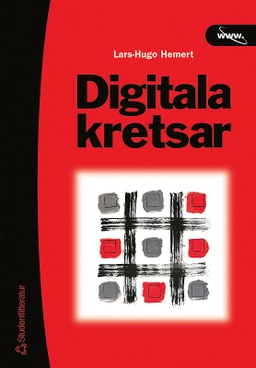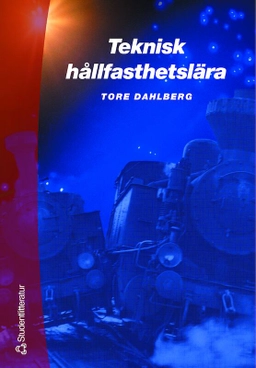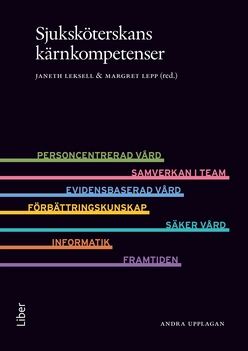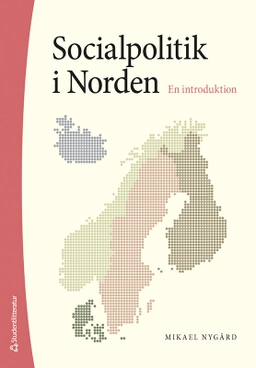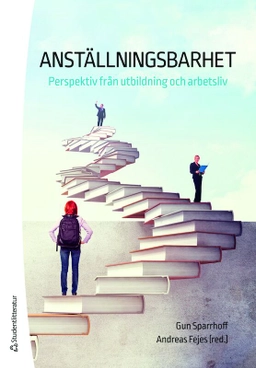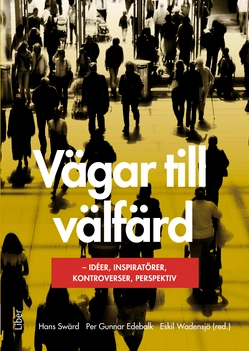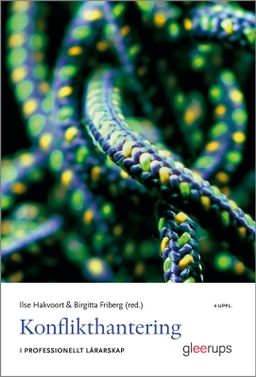

Metaphor, analogy, and the place of places - where religion and philosophy
- Utgiven: 2004
- ISBN: 9781932792072
- Sidor: 180 st
- Förlag: Baylor university press
- Format: Inbunden
- Språk: Engelska
Om boken
Åtkomstkoder och digitalt tilläggsmaterial garanteras inte med begagnade böcker
Mer om Metaphor, analogy, and the place of places - where religion and philosophy (2004)
I november 2004 släpptes boken Metaphor, analogy, and the place of places - where religion and philosophy skriven av Carl G. Vaught. Den är skriven på engelska och består av 180 sidor djupgående information om religion. Förlaget bakom boken är Baylor university press.
Köp boken Metaphor, analogy, and the place of places - where religion and philosophy på Studentapan och spara pengar.
Tillhör kategorierna
Referera till Metaphor, analogy, and the place of places - where religion and philosophy
Harvard
Oxford
APA
Vancouver
